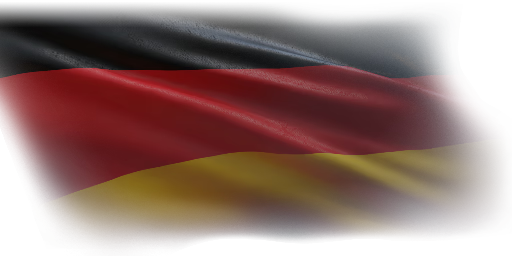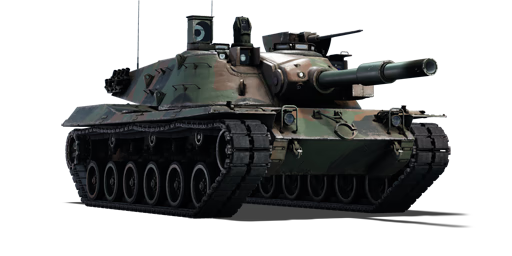In August 1963, an agreement was signed between the United States and the Federal Republic of Germany (West Germany) to cooperate on the development of a new main battle tank for both militaries. The tank, designated in the United States as the MBT-70 and in Germany as the KPz-70, was to be produced by General Motors in the US and by Deutsche Entwicklungsgesellschaft (DEG) in Germany. As part of the design process, the differentiating factor between the tank and their manufactured location was the allowance for Germany to utilize their own domestic systems in the installed components, though some German-designed components saw use in the American design as well. However, conflicts in the design requirements and expectations of the vehicles led to constant strife and delays, such as Germany's preference for a high-velocity tank cannon over the Shillelagh gun/launcher the Americans wanted to pursue. As development continued, the program came under review due to new complications regarding weight, and after the review in January 1970 determined the additional design and engineering changes would result in a higher program cost and unit price cost, it was decided that to terminate the joint program, allowing Germany and US to continue their design on their own. Free from needing to compromise with American needs, Germany took the experience and components gained from the MBT-70/KPz-70 development and placed them towards their next-generation tank design, which would become the Leopard 2.
Introduced in Update 1.71 "New E.R.A.", the KPz-70 shares many characteristics of the American MBT-70. Differences between the two designs are marginal in gameplay, being just in the engine (1,500 hp in the KPz-70 vs. 1,475 hp in the MBT-70) and autoloader performance (6.0 second reload in the KPz-70 vs 7.5 second in the MBT-70). When it comes to combat, both can be expected to get where it needs to be on the battlefield and pick off foes with its 152 mm APFSDS rounds or Shillelagh missiles. Though its armour is not as complex as composite armour seen in Soviet MBT of similar ranks, the KPz-70 can take the initiative with a more aggressive play style and catch the enemy by surprise before they can bring their strongest armour to bear towards the KPz-70's gun.
















